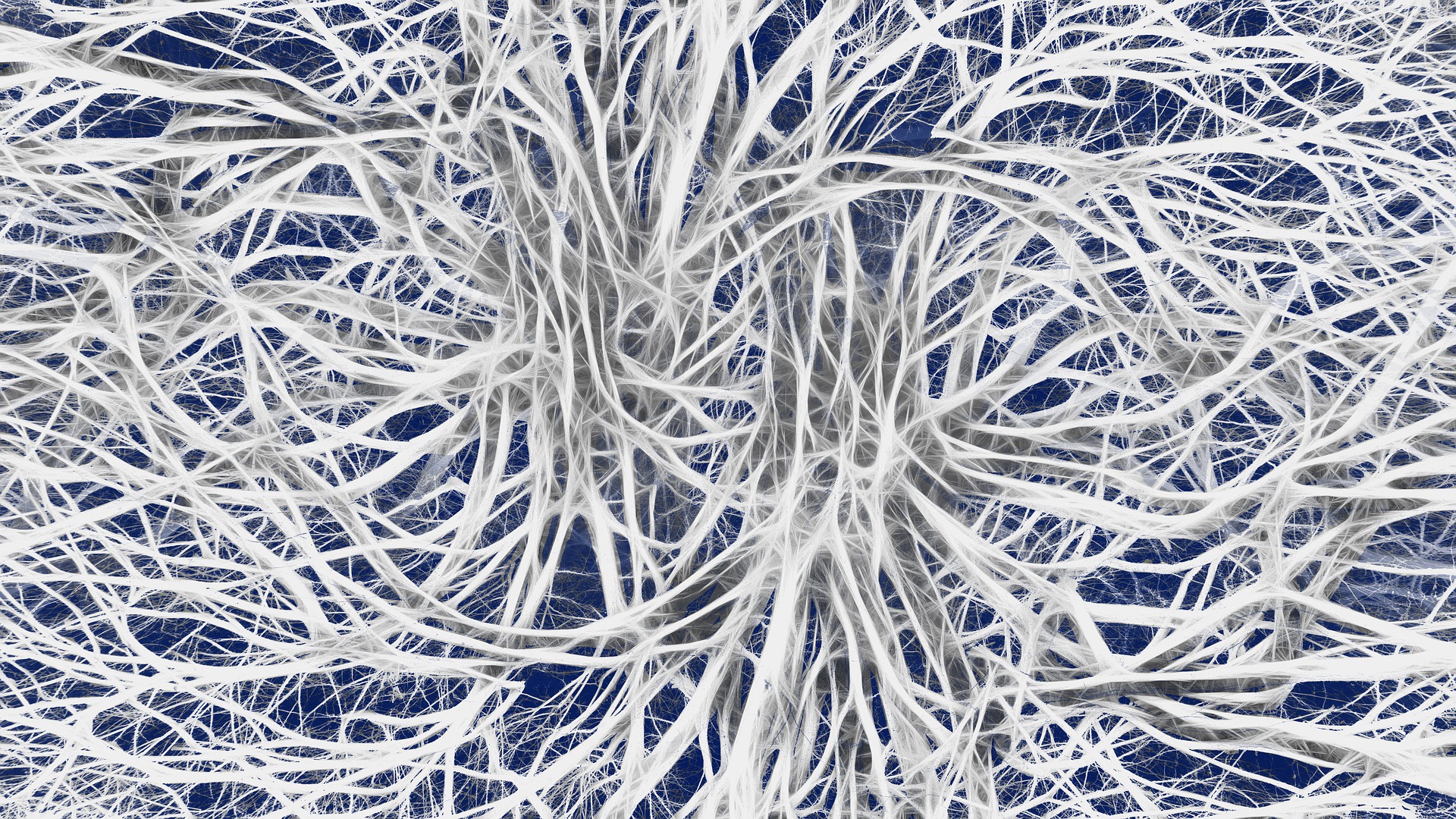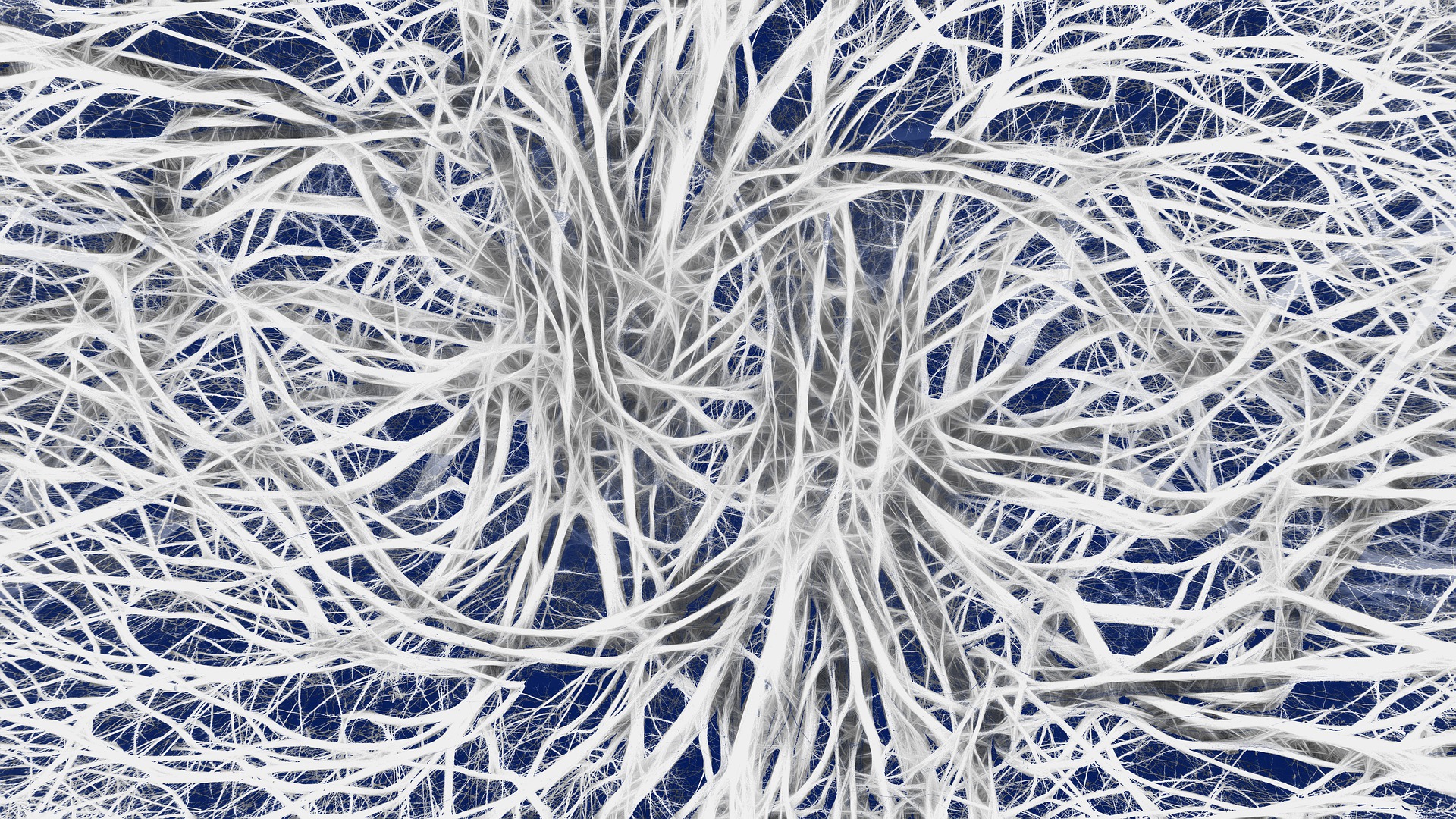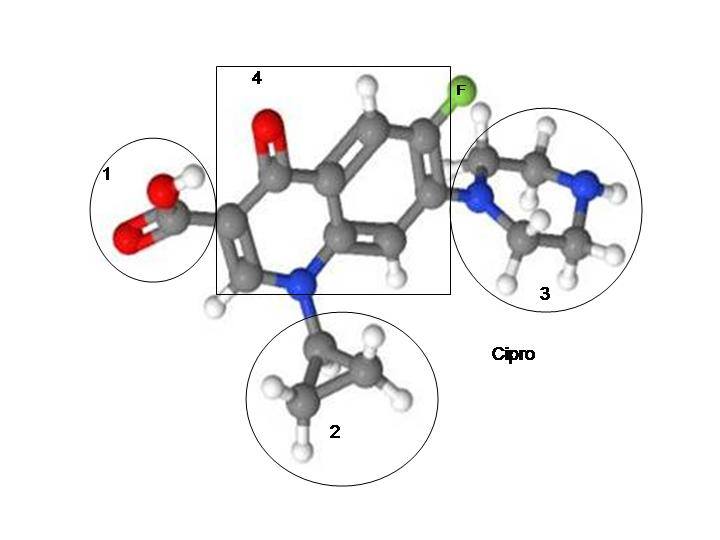I recently read Hacking the Nervous System, about how vagus nerve tone is connected to chronic illness.
The vagus nerve is a huge nerve that connects the brain to the various organs throughout the body. Our autonomic nervous system (ANS) is controlled via the vagus nerve. It connects the digestive tract to the brain and when you feel butterflies in your stomach, that feeling is traveling from your stomach to your brain via your vagus nerve. Breathing and heart rate, as well as other ANS functions, are controlled through the vagus nerve.
The brain coordinates ANS functions using the vagus nerve, and how smoothly those functions are being coordinated is referred to as the “tone” of the vagus nerve.
Hacking the Nervous System goes over the hypothesis that inflammation is related to vagal nerve tone, and that vagal nerve tone has a lot to do with chronic, multi-symptom illnesses, like autoimmune diseases. I wonder if vagal nerve damage has something to do with fluoroquinolone toxicity, and I wonder if things that improve vagal tone can help floxies to heal. I suspect so on both counts.
Vagal nerve tone is important, and “Research shows that a high vagal tone makes your body better at regulating blood glucose levels, reducing the likelihood of diabetes, stroke and cardiovascular disease. Low vagal tone, however, has been associated with chronic inflammation.”
Little is known about how vagal tone relates to health. One of the scientists interviewed for Hacking the Nervous System stated, “We don’t even know yet what a healthy vagal tone looks like.” They are looking into it though, and vagal nerve stimulating implants are being used in clinical trials. (Read Hacking the Nervous System for more information about the implants.)
Improving Vagal Tone
Things that are less drastic and invasive than a vagal nerve stimulating implant can improve vagal tone. For example, meditation can improve vagal tone. “Those who meditated showed a significant rise in vagal tone, which was associated with reported increases in positive emotions. ‘That was the first experimental evidence that if you increased positive emotions and that led to increased social closeness, then vagal tone changed,’ Kok says.”
To drastically oversimplify a complex process, things that make you feel good, socially connected, happy, relaxed, etc. improve vagal tone. Conversely, stress and trauma decrease vagal tone. Many things that helped me through my fluoroquinolone toxicity journey were things that are purported to improve vagal tone – meditation, healing arts (e.g. dancing and music), mindfulness, acupuncture, chiropractic, and eliminating stressful stimuli from my life (e.g. getting off the internet). An article in Psychology Today, “How Does the Vagus Nerve Convey Gut Instincts to the Brain?” notes that, “Using positive self-talk and taking deep breaths is a quick and easy way to engage the vagus nerve and parasympathetic nervous system to calm yourself from both the top-down and from the bottom-up.”
Additionally, exercise also improves vagal tone. Playful exercise is best, but regardless, movement is good for vagal tone.
Vagal Tone and GABA Neurotransmitters
A decrease in vagal tone may be connected to damage to GABA neurotransmitters. The article in Psychology Today, “How Does the Vagus Nerve Convey Gut Instincts to the Brain?” notes that, “The most exciting discovery of this study is that under closer scrutiny of the rats’ brains, the researchers found that the loss of signals coming up from the abdomen via the vagus nerve altered the production of both adrenaline and GABA in the brain.” The article Selective antagonism of the GABAA receptor by ciprofloxacin and biphenylacetic acid published in the British Journal of Pharmacology noted that, “Ciprofloxacin (10–3000 μm) inhibited GABAA-mediated responses in the vagus nerve with an IC50 (and 95% CI) of 202 μm (148–275). BPAA (1–1000 μm) had little or no effect on the GABAA-mediated response but concentration-dependently potentiated the effects of ciprofloxacin by up to 33,000 times.” Let me highlight and reiterate: BPAA, which is a derivative or an NSAID, potentiated the harmful effects of ciprofloxacin on GABA receptors by up to 33,000 times. (WHOA!).
The ANS dysfunction that many floxies experience is likely connected to vagal nerve health, as the ANS is controlled via the vagus nerve.
A Hypothesis for Fluoroquinolone Toxicity
A possible hypothesis for fluoroquinolone toxicity is that people who get floxed have an underlying, dormant hiatal hernia (they’re pretty common) that is exacerbated by the FQ and the massive amount of oxidative stress induced in the gut by the FQ. The hiatal hernia irritates the vagus nerve and triggers ANS dysfunction that is self-perpetuating. The damage to the vagus nerve also alters the production of neurotransmitters, especially GABA, and hormones.
It’s possible, and I believe that the vagus nerve is a big part of the FQ toxicity puzzle. However, please know that I have not found much scientific research to support this hypothesis. Also, other possible causes for fluoroquinolone toxicity mentioned in the post, What is Fluoroquinolone Toxicity? have more supporting evidence supporting. However, all of these causes are not mutually exclusive, and may all play a role.
Measuring Vagal Tone
In Hacking the Nervous System it is noted that:
“The strength of your vagus response is known as your vagal tone and it can be determined by using an electrocardiogram to measure heart rate. Every time you breathe in, your heart beats faster in order to speed the flow of oxygenated blood around your body. Breathe out and your heart rate slows. This variability is one of many things regulated by the vagus nerve, which is active when you breathe out but suppressed when you breathe in, so the bigger your difference in heart rate when breathing in and out, the higher your vagal tone.”
Another term for the relationship between breath and heart rate is respiratory sinus arrhythmia breathing (RSA breathing). I found the following passage from A Headache in the Pelvis to be interesting:
“RSA breathing is a description of the relationship between heart rate and breathing and refers to the heart rate varying in response to respiration. RSA is a phenomenon that occurs in all vertebrates. You can experience the phenomenon of RSA by taking your pulse and noting that when you breathe in, the heart rate increases slightly and when you breathe out the heart rate decreases slightly. There is considerable research that indicates that when there is balance and health, the heart rate and the breath move robustly together as inhalation occurs, heart rate increases as exhalation occurs, heart rate drops.
Under circumstances of mental or physical disease the relationship between breathing and heart rate is disturbed. When individuals suffer panic attacks for instance, RSA is lower and disturbed. When they recover from panic disorders their RSA breathing becomes stronger, more balanced, and robust. The higher and stronger the heart rate variability is in relationship to appropriate respiration, the higher is the general level of health and well being. For example healthy children generally have very robust RSA breathing in which the heart rate can sometimes vary 40 beats or more between inhalation and exhalation.
Reduced RSA is thought to be an indicator of an adverse prognosis for people with heart disease. Generally disturbed RSA is indicative of early problems in the healthy functioning of the autonomic nervous system as it relates to a number of diseases. It has been suggested that one measure of the therapeutic effect or safety of a drug is whether it positively or negatively affects RSA.” (emphasis added).
Vagal tone and RSA breathing are either one and the same, or, at the very least, highly related. As doctors Wise and Anderson note in A Headache in the Pelvis, the effects of pharmaceuticals on RSA (or vagal tone) should be measured and noted, and those drugs that have deleterious effects on RSA should only be taken in extreme circumstances. The effects of fluoroquinolones on RSA breathing and vagal tone are unknown.
Coordinating Breathing with Heart Rate
I’m a huge fan of breathing exercises for health. The post Breathing Exercises for Health goes over some thoughts on breathing exercises for floxies. The easiest breathing exercise that I use is just saying, “OM” – take a deep breath in and let it out slowly while singing/chanting/groaning “OM.”
To get my heart and breath regulated, I took a Chinese herb called Suxiao Jiuxin Wan. It’s supposed to improve heart qi. (Heart qi? What? I’m not sure of this, but I suspect that “heart qi” is related to vagal nerve tone, but people who know more about this can either prove or disprove this notion.) Suxiao Jiuxin Wan has been shown to help people with angina and it calmed my racing heart dramatically. I’m not a doctor or Chinese herb specialist, so please do your own research, but it helped me immensely.
Conclusion
Fluoroquinolone toxicity is an incredibly complex disease with many facets. Is the nervous system involved? Absolutely. Is the vagus nerve involved? Almost certainly. But, unfortunately, not much research has been done on how fluoroquinolones relate to either the vagus nerve specifically or the nervous system generally.
Improving vagal tone has multiple health benefits for floxies and non-floxies alike. Most of the things that can be done to improve vagal tone are pretty simple and inexpensive. Meditate – be socially connected – exercise – do breathing exercises – minimize stress – think positively. None of those are magic bullets, they’re all processes and practices. They’re all good for you, free, and certainly worth a try.













… [Trackback]
[…] Find More on to that Topic: floxiehope.com/hacking-fluoroquinolone-toxicity-via-the-nervous-system/ […]
… [Trackback]
[…] Read More Info here on that Topic: floxiehope.com/hacking-fluoroquinolone-toxicity-via-the-nervous-system/ […]
… [Trackback]
[…] Read More Information here on that Topic: floxiehope.com/hacking-fluoroquinolone-toxicity-via-the-nervous-system/ […]
… [Trackback]
[…] Find More Information here on that Topic: floxiehope.com/hacking-fluoroquinolone-toxicity-via-the-nervous-system/ […]
… [Trackback]
[…] Here you can find 47231 more Info to that Topic: floxiehope.com/hacking-fluoroquinolone-toxicity-via-the-nervous-system/ […]
… [Trackback]
[…] Read More on that Topic: floxiehope.com/hacking-fluoroquinolone-toxicity-via-the-nervous-system/ […]
… [Trackback]
[…] Information to that Topic: floxiehope.com/hacking-fluoroquinolone-toxicity-via-the-nervous-system/ […]